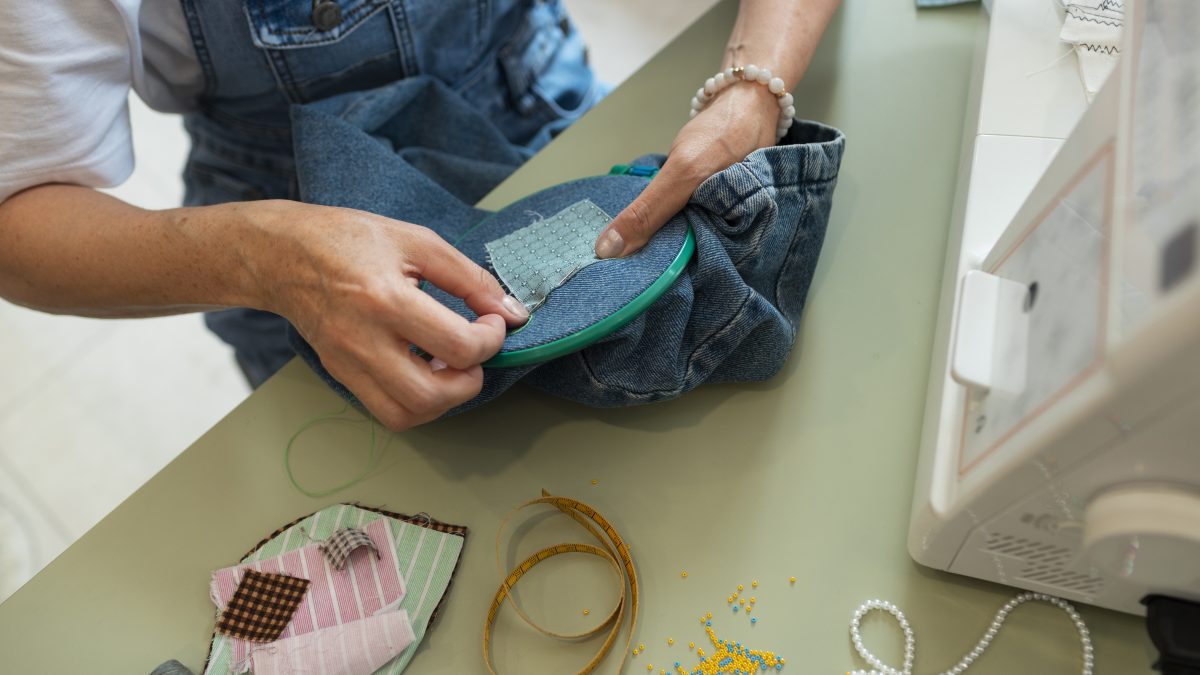
FASHION PERSPECTIVE ON CIRCULAR ECONOMY
June 26, 2024
SUSTAINABLE FASHION EVENTS AND FAIRS AROUND THE WORLD
June 26, 2024As we delve into topics such as circular economy, sustainable fashion, and zero waste, we frequently encounter a concept: Cradle-to-cradle. Translatable as “From Cradle to Cradle,” this term represents a new approach to waste management that is nature and economy-friendly, contrasting the widely known concept of “Cradle to Grave.”
Cradle-to-cradle signifies the cyclical design of a product’s processes from design and production to waste. This approach, particularly bringing a fresh perspective to the concept of “waste,” emphasizes redirecting waste not to nature (from cradle to grave) but to materials and products that can be reused.
Cradle-to-Cradle in Fashion

Fashion is the second most polluting industry globally. The Ellen MacArthur Foundation predicts that by the end of 2020, 18.6 million tons of clothing will end up as waste, with this number expected to reach 150 million tons by 2050 if necessary actions are not taken. These striking statistics underscore how imperative a circular system is for fashion and the significance of the Cradle-to-Cradle concept. The transformation of the linear “Take-Make-Waste” model into a circular one, transitioning from Cradle-to-Grave to Cradle-to-Cradle, is essential.
So, what are the criteria for a fashion brand to make its system circular?
In fashion, ensuring this natural cycle involves developing an environmentally friendly approach at every stage of a product’s lifecycle, from material to design to the end of its use. Here, the keyword is “recycling.” It’s crucial for a product to be designed with recyclability in mind from the outset.
For instance, questions like whether the product can be recycled when different materials are mixed, whether the technology to enable this recycling is accessible, and whether it’s feasible and easy to separate different parts of the product when they’re made from different materials need to be answered in the initial stages. This approach also includes enabling consumers to return slightly flawed products to the brand for the most appropriate waste management, redirecting them back into the production cycle instead of disposing them into nature. Ultimately, this ensures that the product, throughout its lifecycle, becomes part of a cradle-to-cradle system, contributing positively to both climate and economy without turning into a toxic element.
C2C Certification
If you want to adopt the Cradle-to-Cradle approach for your brand, you can obtain certification from an authorized institution provided you meet the necessary standards. During this process, your brand will be examined by industry professionals in areas such as Material Health, Material Reutilization, Renewable Energy, Water Stewardship, Soil and Water Protection, and Social Fairness. Based on the analysis results, certification is completed with Basic, Bronze, Silver, Gold, and Platinum ratings. You can explore this process in detail through the organization’s website.
As sustainability partners, Nivogo supports fashion brands in transforming their systems. If you want to prevent your unused products from ending up in the ground and instead want to repurpose them for environmental and economic gain, you can contact us to make your system circular.
Lastly, if you want to delve deeper into the philosophy and practices of Cradle-to-Cradle, we highly recommend taking a look at the book “Cradle to Cradle: Remaking the Way We Make Things” by German chemist Michael Braungart and American architect William McDonough, first published in 2002.



